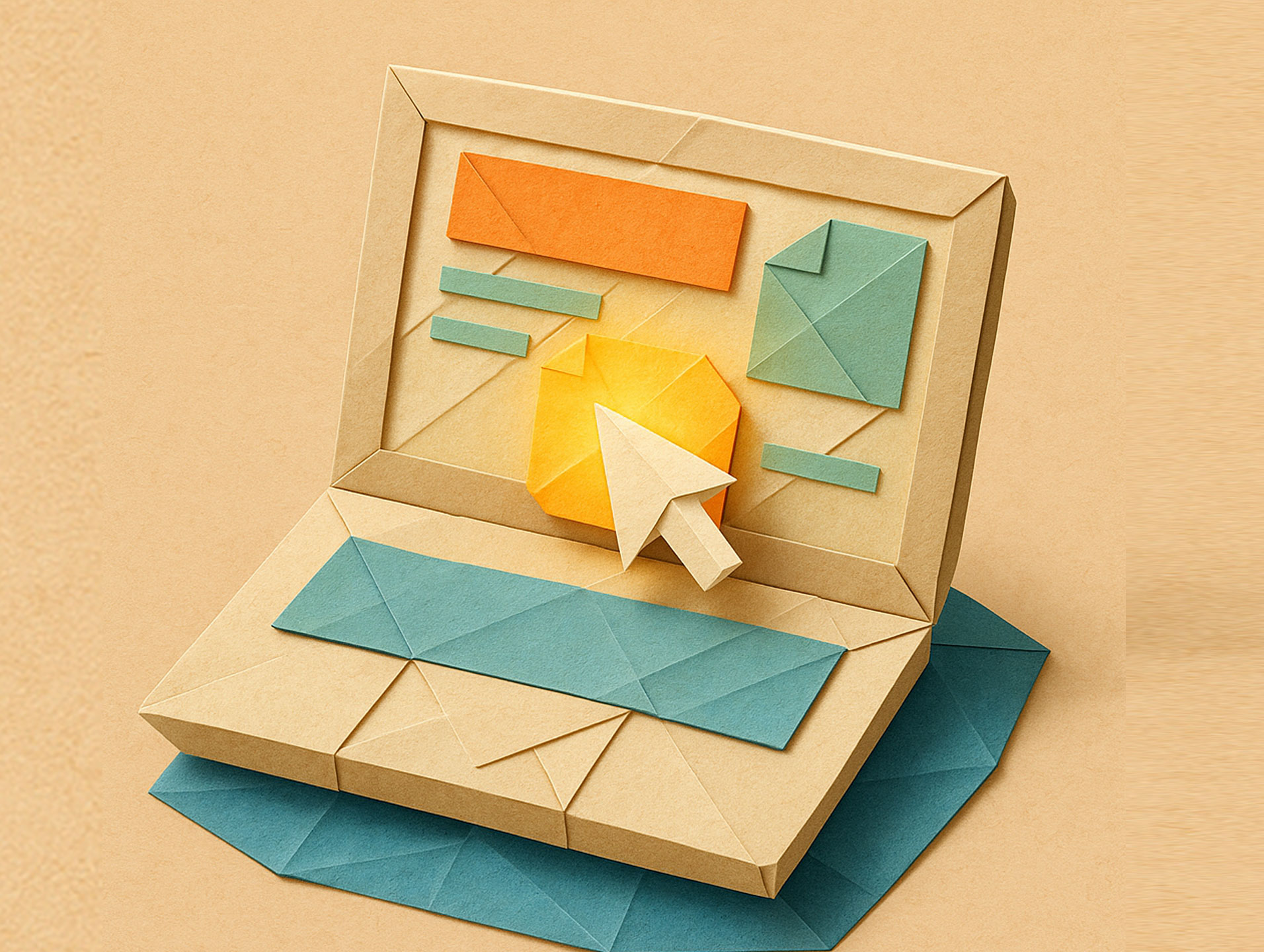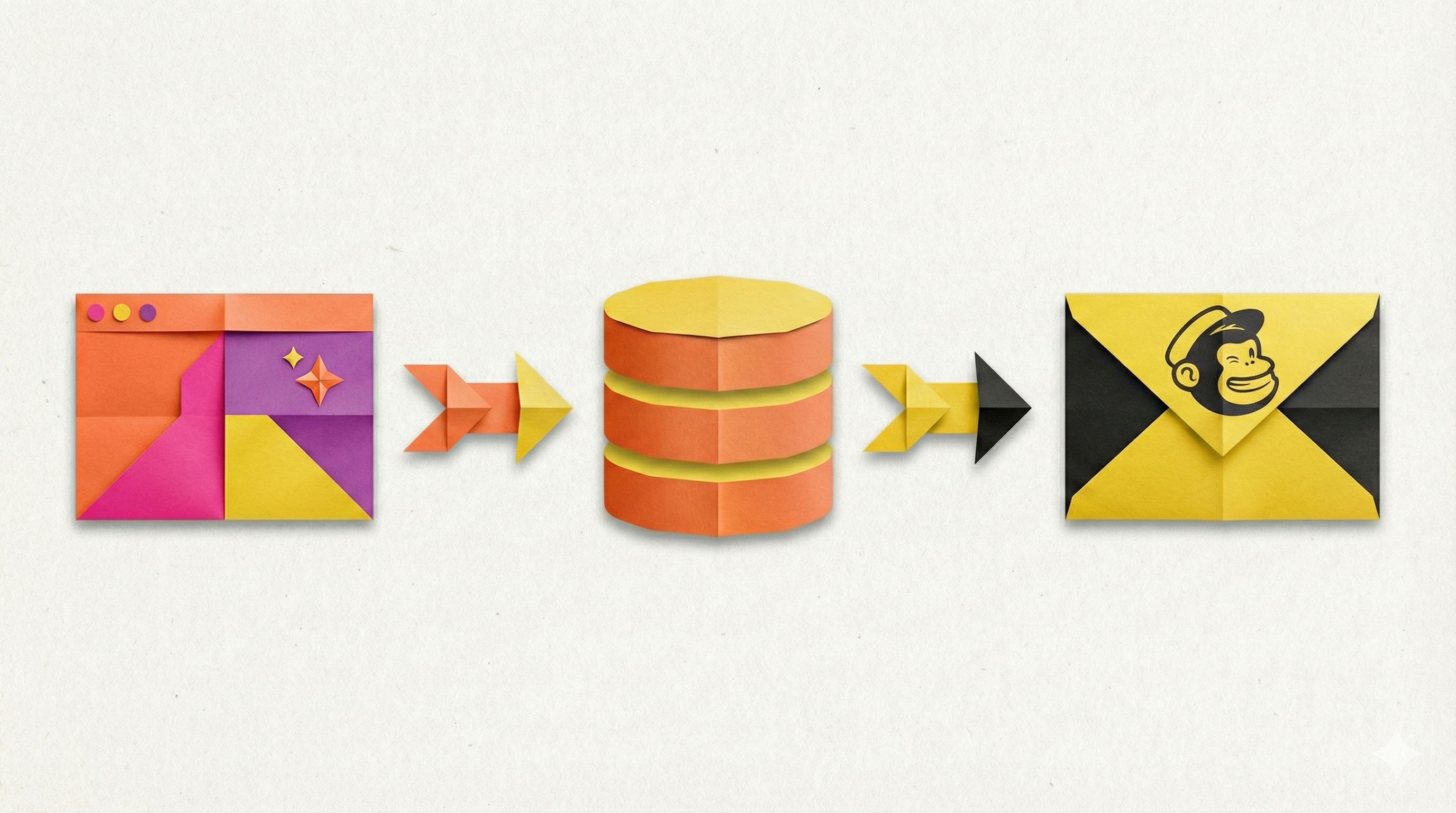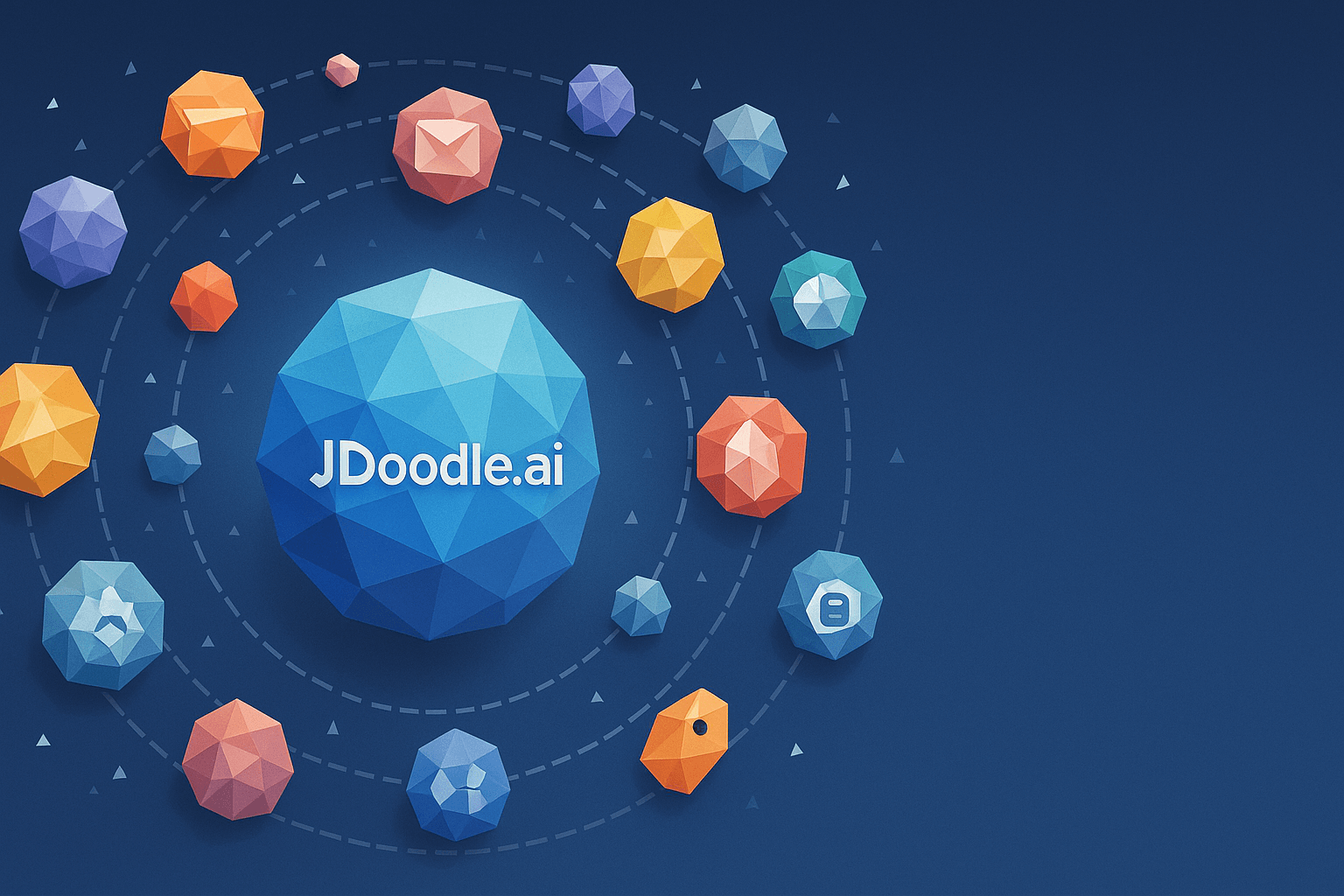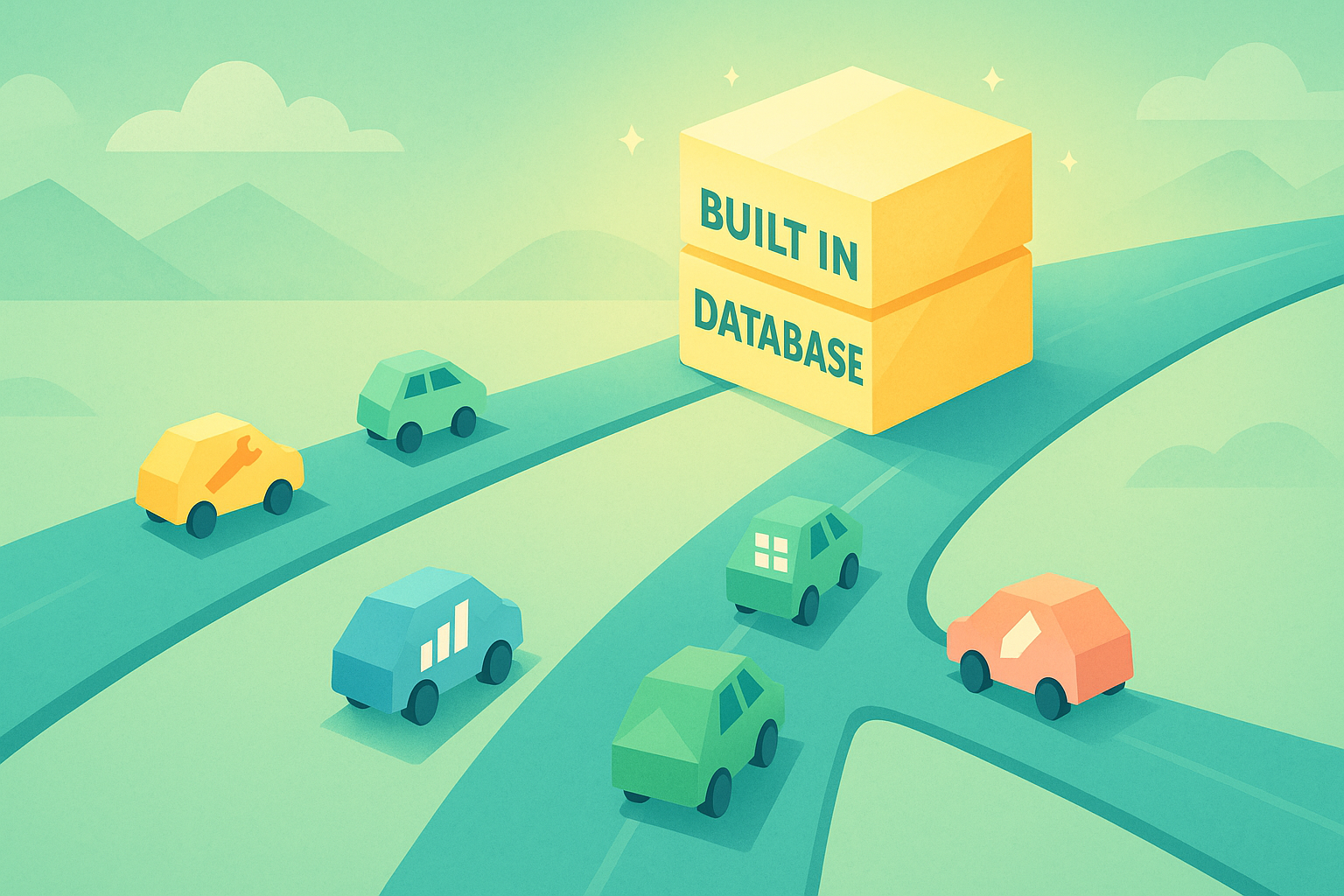You’ve done the hard part. Someone found you. They clicked the ad, followed the link, or typed in your name because a friend swore you were worth checking out. Nice work.
Now comes the tricky bit: those first few minutes on your site. They’re not here for a guided museum tour. They’re not taking notes. They’re making snap judgments and deciding consciously or not if you’re worth their time.
Here’s the kicker: most visitors don’t give you hours, or even half an hour. You’re lucky if you get 10 minutes. In fact, some won’t even stay long enough for your fancy homepage animation to finish loading.
So what exactly are people doing in those first 10 minutes? Let’s break it down.
1. Do they judge you right away?
Within 50 milliseconds (yes, that’s shorter than it takes you to say “homepage animation’), people have already decided if your site looks legit.
- Does it look trustworthy?
- Does it look like someone built it in 2009 with free clip art?
- What is the core messaging?
This isn’t about perfection. It’s about credibility. A clean, modern layout tells visitors, “Hey, we’re serious here.” A messy one says, “Run.”
2. How do they actually read your site?
Unlike your ex on your social media, no one reads every word on your homepage. Visitors are scanning:
- Headlines
- Buttons
- Images
- Maybe the About section if they’re nosy
They’re not hunting for Easter eggs. They’re looking for signals: What is this? Can it help me? Why should I care?
If your main value prop isn’t clear in a 5-second scan, you’ve already lost them.
3. Where do they click first?
Next, they test drive your site. Typical clicks in the first 10 minutes:
- The “Pricing” page (because money talks)
- The “Features” page (to see if you actually do what you claim)
- The logo (accidentally, but hey, it should take them back home)
If those pages feel confusing or stuffed with jargon, expect an early exit.
4. Do they trust you yet?
People want to know: Has anyone else trusted these folks?
- Testimonials
- Customer logos
- Media mentions
- Case studies
5. Are they hunting for contact info?
At some point, curiosity turns practical. Visitors want to know:
- Who’s behind this thing?
- Can I actually reach a human if something goes wrong?
If your contact info is buried three menus deep or hidden behind a generic form, you’re already losing trust. A clear “Contact” page or even a simple email in the footer goes a long way in making your site feel real.
6. They Bounce or Bookmark?
By minute 5, the fork in the road arrives:
- They bounce, because your site confused, bored, or annoyed them.
- They bookmark, share, or sign up, because you made things clear, easy, and credible.
The choice is always theirs. But you control the experience that gets them there.
Key Takeaways
The first 5 minutes on your website aren’t just important, they’re the whole audition. In that short span, visitors decide whether you’re a credible partner, a solution worth exploring, or just another tab to close.
Here’s the deal:
- People judge design before they ever read your pitch.
- They scan, not study. Make your value obvious at a glance.
- Clear navigation builds trust; clutter kills it.
- Social proof is your best friend. Nobody wants to be the first to try a sketchy food truck parked by the train station.
- Practical things like speed, contact info, and clear CTAs show you respect their time.
Bottom line: if your site feels polished, fast, and human, you keep them around. If it’s slow, confusing, or dated, you’ve just handed them to your competitor.
So the next time you’re thinking about “improving the website,” remember it’s not about adding more stuff. It’s about making the first 5 minutes smooth, clear, and trustworthy. Nail that, and people will happily give you their next 10 hours, 10 days, or even 10 years.
FAQs
1. How long do people usually stay on a website?
Most visitors decide to leave or stay within 15 seconds. With no code apps like JDoodle.ai, you can build a site that makes a strong first impression easily.
2. What’s the first thing visitors look for first?
Clarity. They want to instantly know what your product or service is and how you can help them.
3. Is website speed really that important?
Yes. Slow sites = instant exits. JDoodle.ai sites are lightweight and optimized to load quickly, so you don’t lose people before they even see your pitch.
4. How do I build trust quickly on my website?
Add in testimonials or case studies.
5. Do startups need a complex website from day one?
Not at all. Startups need simple, functional, and trustworthy websites. JDoodle.ai helps you launch one in minutes without any code or complexity
6. Do I need to know coding to use an AI website builder?
No. AI website builders like JDoodle.ai are built for non-coders. You just describe what you want, and the platform helps you generate a polished, functional website — no technical skills required.
Related Posts
View All Posts »How to Use an AI Landing Page Builder With Mailchimp Email Marketing
Learn how to build a webinar email capture landing page with JDoodle.ai, store registrations in a built in database, and sync everything to Mailchimp for automated reminders and newsletters.
17 Powerful APIs You Can Integrate with JDoodle.ai
A curated list of 17 popular APIs you can connect to JDoodle.ai using API keys and simple prompts, plus examples of exactly what to build with each.
Top 5 No-Code App Builders with a Built-In Database (2025)
If you're building a real app not just a form you need more than a spreadsheet. Here are five no-code app builders that include built-in databases so you can launch faster.





